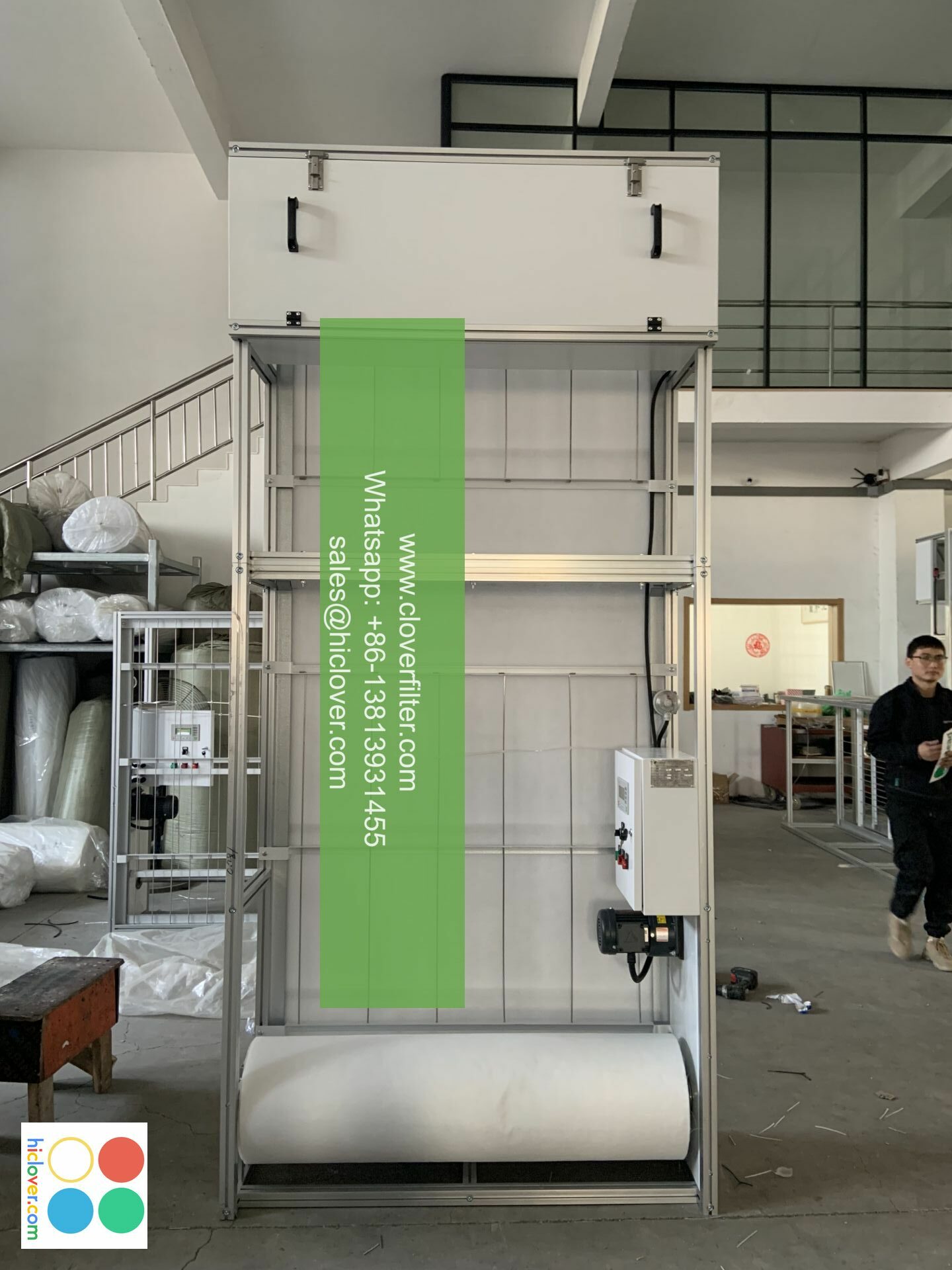Air Filter Types and Their Quality Control Considerations

Understanding Air Filter Types and Their Quality Control Considerations
Introduction
Air filters play a crucial role in various industries, from HVAC systems to industrial processes, and even medical equipment. With the increasing emphasis on air quality and cleanliness, it is essential to understand the different types of air filters available and the quality control considerations that come with them. In this article, we will explore the various types of air filters, their applications, and the quality control measures that ensure their effectiveness.
Types of Air Filters
Air filters are classified based on their material, structure, and functionality. Some of the most common types of air filters include:
HEPA (High Efficiency Particulate Air) Filters
HEPA filters are designed to trap 99.97% of particles as small as 0.3 microns, including dust, pollen, and other airborne allergens. They are commonly used in:
HVAC Systems
HVAC systems, including air purification systems, space heaters, and air conditioning units, often employ HEPA filters to remove dust, pet dander, and other pollutants from the air.
Activated Carbon Filters
Activated carbon filters are designed to remove gases, odors, and volatile organic compounds (VOCs) from the air. They are commonly used in:
Odor Control Systems
Odor control systems, such as those used in industrial settings, hospitals, and residential areas, employ activated carbon filters to neutralize unpleasant odors and smells.
Ultraviolet (UV) Air Purifiers
UV air purifiers use ultraviolet light to kill bacteria, viruses, and other microorganisms in the air. They are commonly used in:
Medical Facilities
Medical facilities, hospitals, and healthcare centers use UV air purifiers to sanitize the air and prevent the spread of airborne illnesses.
Fabric Filters
Fabric filters are designed to capture larger particles, such as lint and dust, and are commonly used in:
Dusting and Cleaning Systems
Dusting and cleaning systems, such as vacuum cleaners and dust mops, employ fabric filters to trap loose debris and pollutants.
Quality Control Considerations
When it comes to air filter quality control, several factors must be taken into account to ensure their effectiveness and longevity. Some key quality control considerations include:
Filter Material
The quality of the filter material is critical in determining its performance and durability. High-quality filters made from materials like activated carbon, HEPA, or UV-treated materials can provide superior filtration.
Filter Thickness
The thickness of the filter also plays a significant role in determining its effectiveness. Thicker filters can capture more particles and pollutants, while thinner filters may require more frequent replacement.
Filter Surface Area
The surface area of the filter is another crucial factor. A larger surface area can capture more particles, improving overall filtration efficiency.
Test Protocols
Regular test protocols, such as particle count tests, flow rate tests, and material integrity tests, must be conducted to ensure that air filters meet quality standards.
Conclusion
In conclusion, understanding the various types of air filters and their quality control considerations is essential for optimal performance and effectiveness. By selecting the right type of air filter for a specific application and considering factors like filter material, thickness, and surface area, individuals and organizations can ensure that their air quality is maintained and protected. Remember, a high-quality air filter is an investment in both public health and well-being.
I’m happy to help! What would you like to talk about or what task would you like to accomplish?


